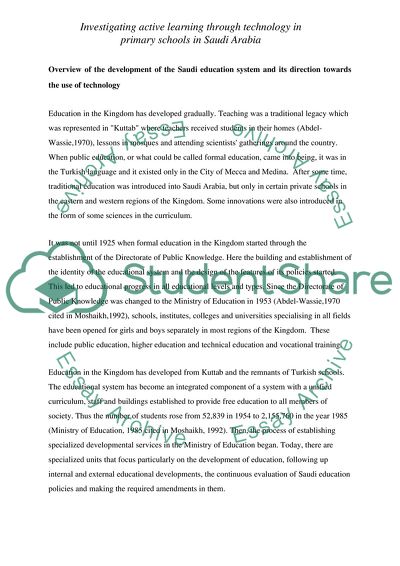Cite this document
(Investigating Active Learning through Technology in Primary Schools in Article, n.d.)
Investigating Active Learning through Technology in Primary Schools in Article. Retrieved from https://studentshare.org/education/1731911-investigating-active-learning-through-technology-in-primary-schools-in-saudi-arabia
Investigating Active Learning through Technology in Primary Schools in Article. Retrieved from https://studentshare.org/education/1731911-investigating-active-learning-through-technology-in-primary-schools-in-saudi-arabia
(Investigating Active Learning through Technology in Primary Schools in Article)
Investigating Active Learning through Technology in Primary Schools in Article. https://studentshare.org/education/1731911-investigating-active-learning-through-technology-in-primary-schools-in-saudi-arabia.
Investigating Active Learning through Technology in Primary Schools in Article. https://studentshare.org/education/1731911-investigating-active-learning-through-technology-in-primary-schools-in-saudi-arabia.
“Investigating Active Learning through Technology in Primary Schools in Article”, n.d. https://studentshare.org/education/1731911-investigating-active-learning-through-technology-in-primary-schools-in-saudi-arabia.


